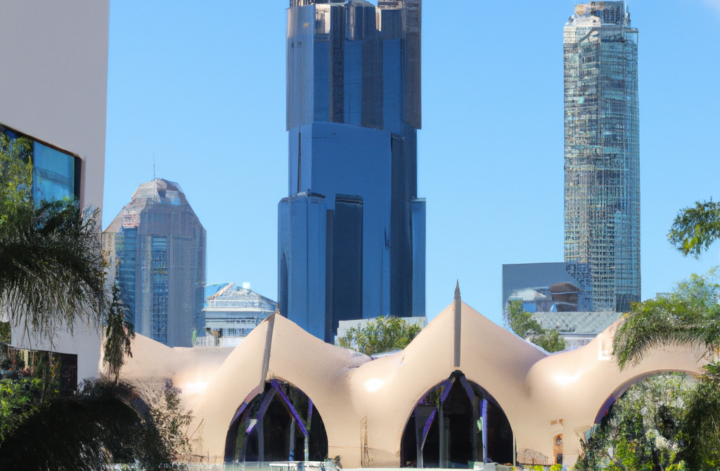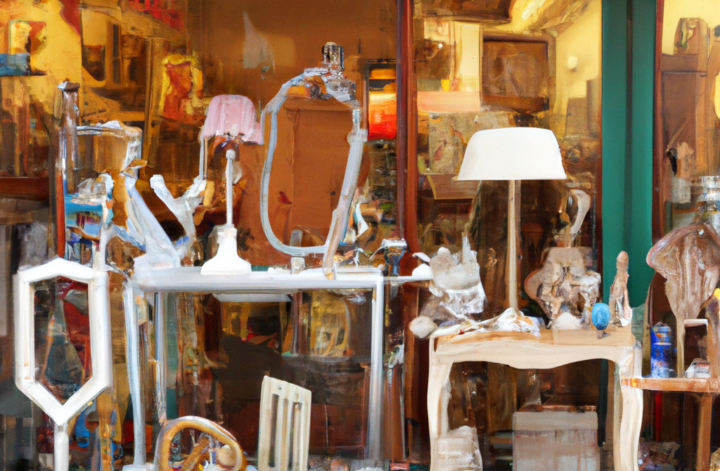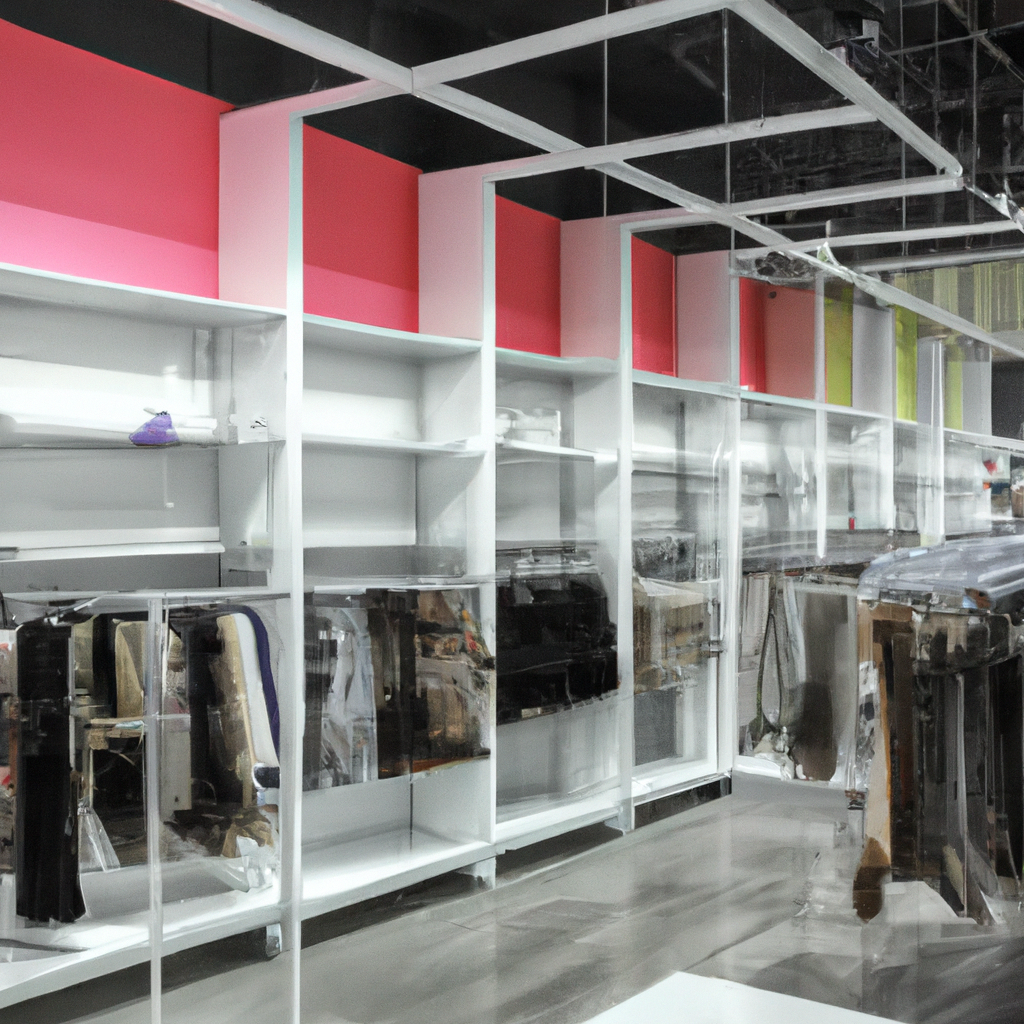In today’s fast-paced world, city shopping has transcended mere retail therapy; it has become an experience that encapsulates the essence of a dynamic metropolis. From the glittering skyscrapers of New York to the historic avenues of Paris, urban landscapes offer a canvas for unrivaled shopping delights. As we delve into the heart of urban shopping centers, let’s explore the fusion of culture, commerce, and modernity that defines this retail wonderland.
Exploring Dynamic Metropolises
The charm of city shopping lies not just in the act of buying, but in the journey itself. Urban metropolises are more than conglomerations of buildings; they are living, breathing entities that pulse with life. The streets are a reflection of the city’s history, diversity, and energy. The clash of old and new, tradition and innovation, creates an atmosphere that is both captivating and exhilarating.

The Evolution of Shopping Centers
From bustling markets to colossal shopping malls, the concept of shopping centers has evolved significantly over time. Once vibrant marketplaces, where traders would peddle their wares, have transformed into modern marvels of architecture and convenience. The transition from traditional markets to shopping centers marked the shift from haggling in narrow alleys to indulging in air-conditioned comfort while exploring a myriad of brands.
Shopping Centre Brisbane
Nestled on the banks of the Brisbane River, the city of Brisbane boasts a shopping scene that perfectly embodies the city’s spirit – a unique blend of sophistication and laid-back charm. The shopping centers here are not just retail spaces; they are lifestyle destinations. From the expansive Queen Street Mall to the luxurious boutiques of Edward Street, Brisbane offers a shopping experience that caters to all tastes and preferences.
Shopping Experience Beyond Retail
City shopping is no longer limited to retail therapy alone. Urban shopping centers have evolved into hubs of entertainment, culinary exploration, and leisure activities. After indulging in some retail therapy, shoppers can unwind at gourmet restaurants, catch the latest blockbuster at cinema complexes, or even ice-skate in the heart of the tropics. It’s an experience that goes beyond bags and boxes.
Navigating the Shopping Scene
Navigating the bustling shopping scene of a metropolis requires finesse. Embracing technology while cherishing traditional shopping values is essential. Mobile apps, interactive maps, and contactless payments have seamlessly integrated into the shopping experience, enhancing convenience. However, the charm of strolling through a street market, engaging with local vendors, and discovering hidden gems remains unparalleled.
Sustainable Shopping Practices
As sustainability takes center stage, urban shopping centers are joining the green revolution. Consumers are becoming increasingly conscious of their choices, leading to the rise of eco-conscious consumerism. Shopping centers are incorporating eco-friendly practices, from energy-efficient lighting to promoting reusable shopping bags. The retail landscape is evolving to meet the demands of environmentally aware shoppers.
Future of City Shopping
The future of city shopping is an exciting tapestry of innovation and anticipation. Technology will continue to shape the way we shop, with augmented reality enhancing the in-store experience and online shopping becoming more personalized. Anticipating trends and preferences will be crucial for retailers, ensuring that they offer not just products, but memorable experiences.
Hidden Gems and Local Artistry
Amidst the gleaming storefronts of international brands, there are hidden gems waiting to be unearthed. Local artisans and craftsmen bring a touch of authenticity to the urban shopping experience. Supporting these local talents not only ensures the preservation of cultural heritage but also adds a touch of exclusivity to your shopping finds.
Convenience Redefined
Technology has redefined convenience in the realm of city shopping. Seamless experiences and personalized services are no longer luxuries; they are expectations. Virtual shopping assistants, AI-powered recommendations, and same-day deliveries have reshaped the way we perceive convenience. Shopping centers are embracing these innovations to cater to the fast-paced lifestyles of urban dwellers.
The Social Aspect of City Shopping
City shopping goes beyond material acquisitions; it fosters social interactions. The bustling corridors of shopping centers provide spaces for chance encounters, shared laughter, and the forging of connections. In a world dominated by digital interactions, the physical act of shopping nurtures a sense of community, reminding us that we are part of a larger tapestry.
Exploring Beyond Borders
One of the remarkable aspects of city shopping is the global exposure it offers. International brands find their way into urban centers, introducing shoppers to trends and styles from around the world. This exchange of cultures through retail not only enriches our wardrobes but also broadens our horizons, making us citizens of a global shopping community.
Challenges of Urban Retail
While city shopping is a source of joy, it also presents challenges. Congestion and accessibility are issues that urban planners and retailers must address. The delicate balance between commercialism and the preservation of cultural heritage is another challenge. Striking this equilibrium ensures that city shopping remains a harmonious blend of modernity and tradition.
Conclusion
In the ever-changing landscape of urban metropolises, city shopping stands as a testament to human innovation and aspiration. It’s more than a transaction; it’s an experience that tantalizes the senses, stimulates curiosity, and brings people together. As we traverse the intricate streets of city shopping centers, we’re reminded that every purchase holds a story, and every corner turned reveals a new delight. So, whether you’re exploring the vibrant streets of Brisbane or the iconic boulevards of Paris, embrace the journey, and let city shopping unravel its retail wonders before you.



